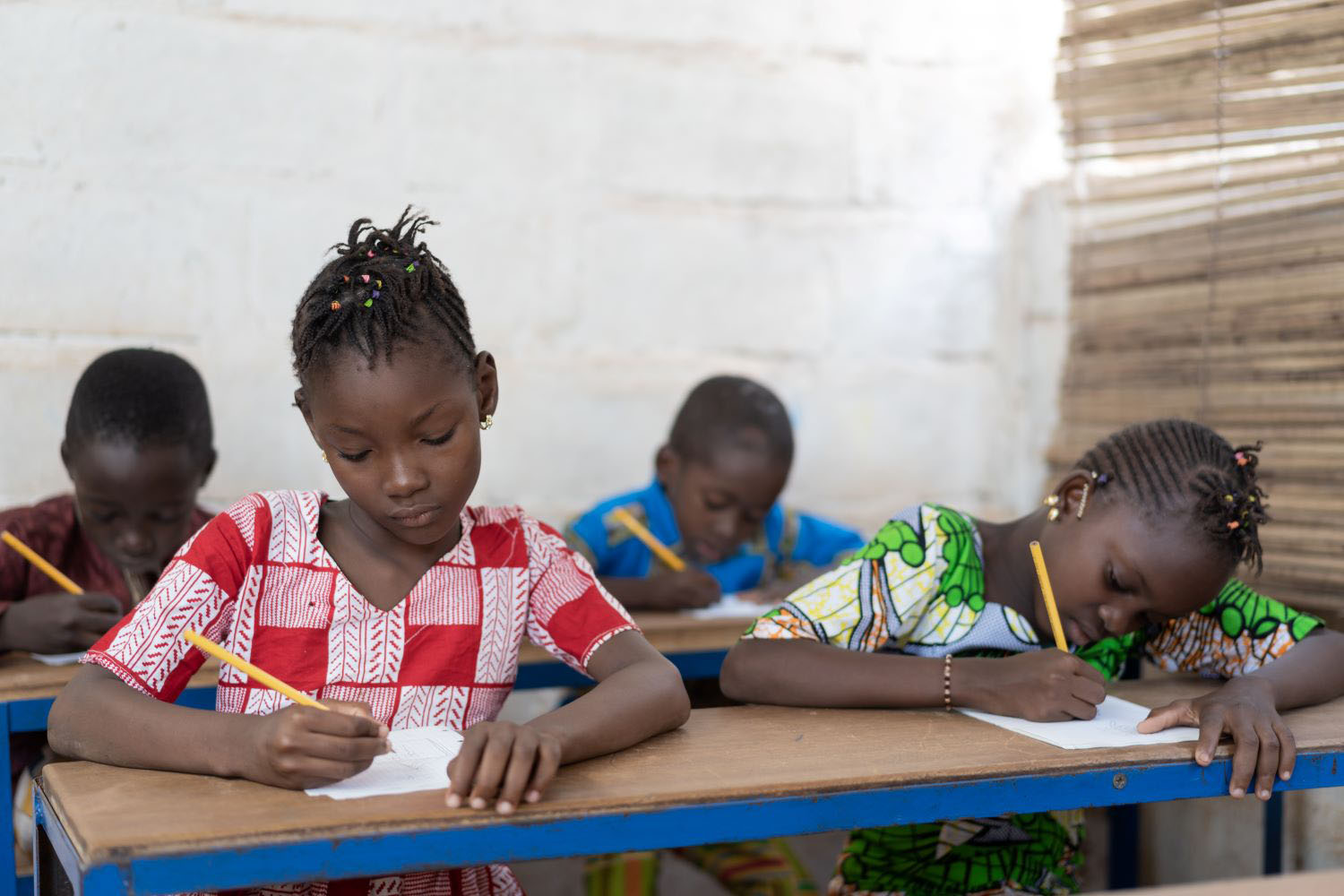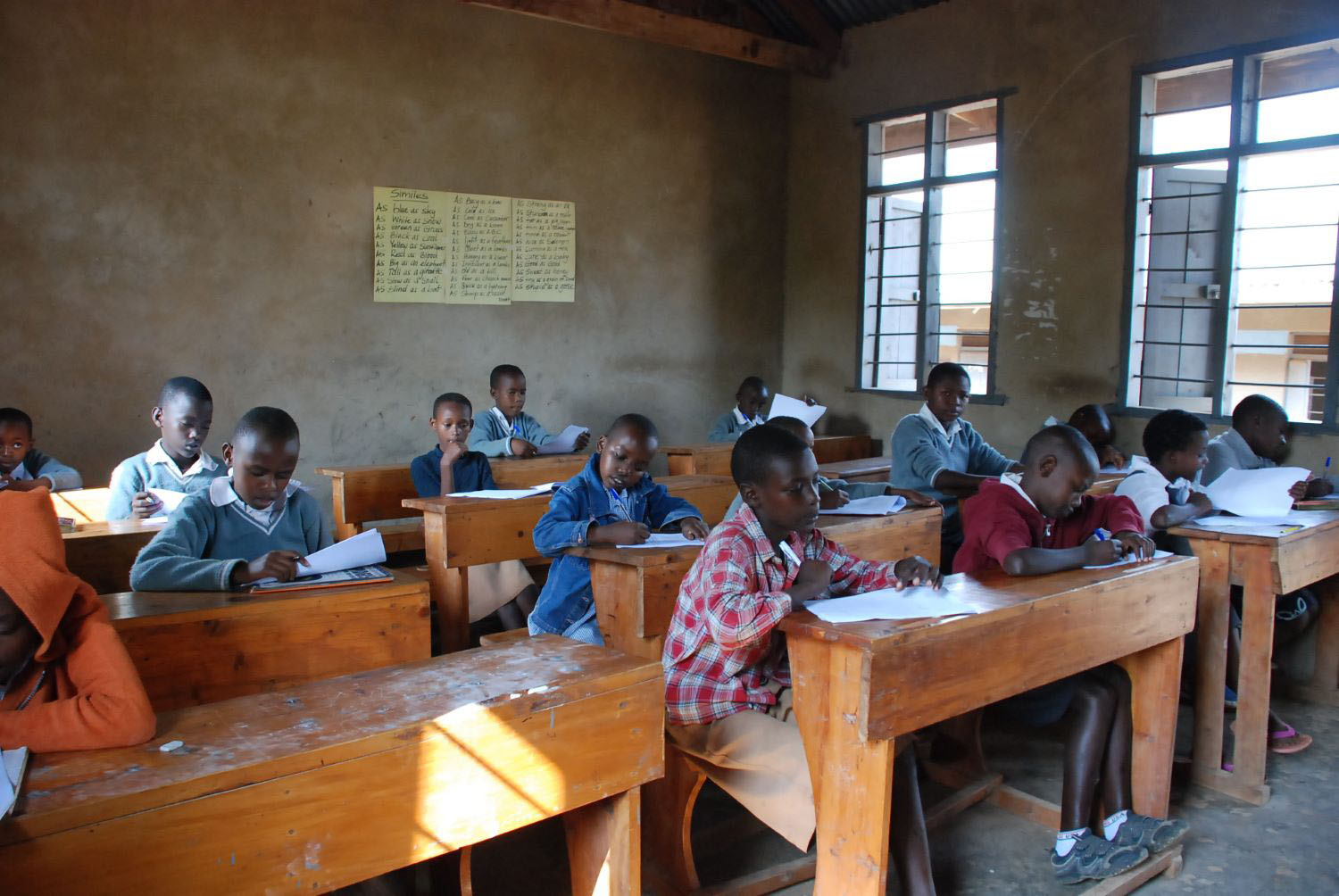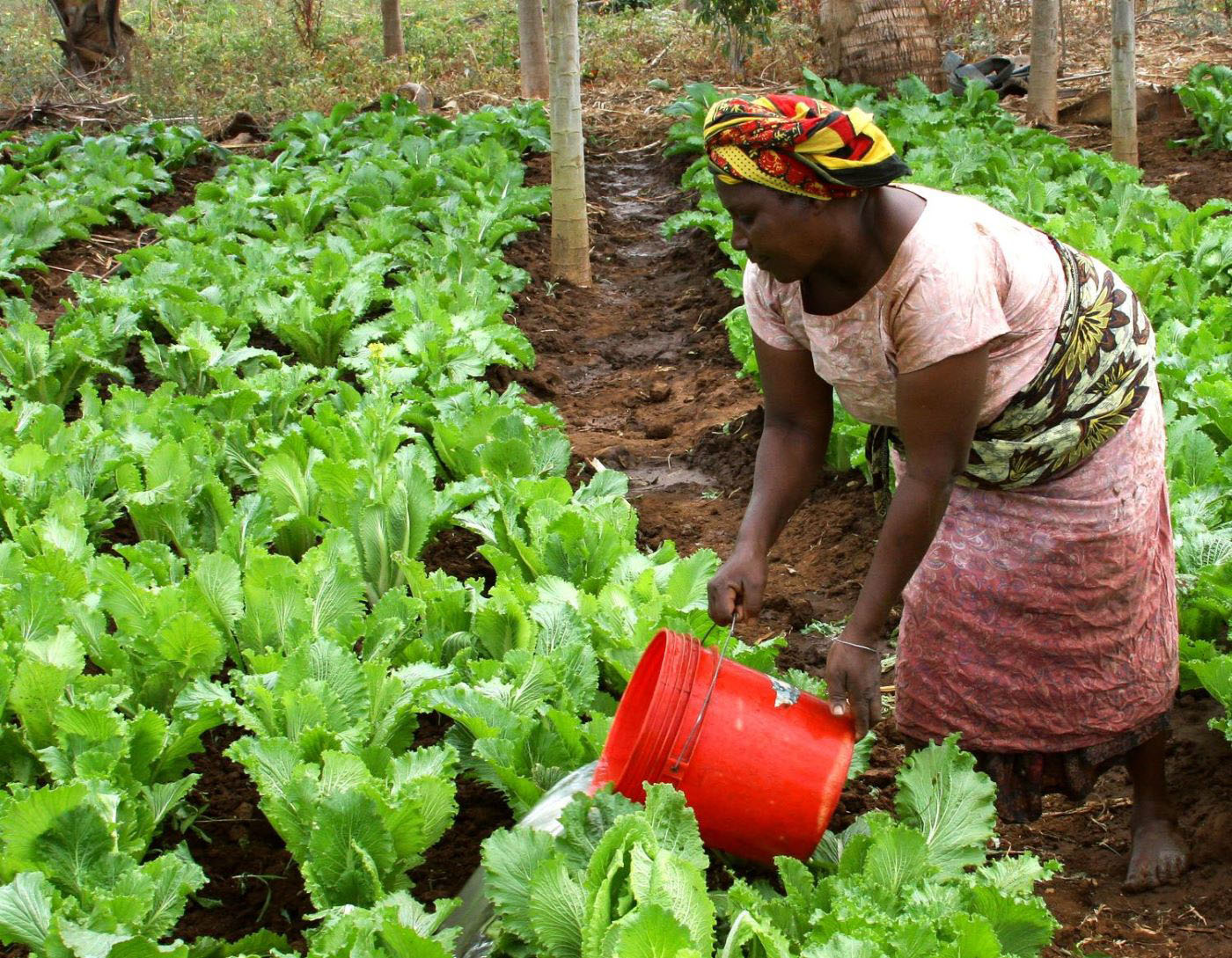Recommended
Universal Health Coverage (UHC) aims to ensure that everyone has access to good quality health services without suffering financial hardship through the provision of a full spectrum of essential, quality health services. Defining these services is a major challenge to all countries embarking on UHC due to a host of factors, including epidemiology, health system design, and resource constraints. Ideally, essential services should be prioritised from a broader pool of services to form a health benefits package (HBP), using transparent and consistent criteria.
Defining a clear, affordable, and implementable HBP is necessary for UHC to become reality, but it is a contentious process and requiring tough decisions. Moreover, the prioritisation process requires bringing together a vast amount of information and data under a decision-making framework that requires leadership, exhaustive stakeholder involvement, coordination, and best governance practices. For those reasons, countries struggle to develop HBPs that are both responsive to their health challenges and financially sustainable.
For the last three decades, Zambia has implemented a series of policies to gradually work towards UHC. This case study delves into the process followed by the government of Zambia in developing those policies, with the aim of supporting other countries embarking on the journey to UHC, whether by developing an HBP de novo or revising an existing one.
Main messages
- Defining a cost-effective, affordable, and implementable health benefits package (HBP) is a requirement for achieving Universal Health Coverage (UHC), and as a result, an HBP should be regularly revised to address evolving country needs.
- From 2020 Zambia began a policy process that relies on data and evidence, and stakeholder consultation and engagement, to revise their HBP.
- To effectively plan for the revision and channel inputs in a fair and effective manner, Center for Global Development (CGD) supported Ministry of Health (MoH) to develop a roadmap to organise the process, i.e., a tool that explicitly maps out the steps, decision points and expertise to conduct a revision, based on CGD’s ‘what’s in what’s out’ framework.
- This case study presents the roadmap, describing the process that was adopted to develop it and draws early implementation lessons.
- The Zambia roadmap is organised around nine steps from landscape analysis to implementation and future revisions. It is tailored to the Zambian context as it puts emphasis on consultation and engagement as well as implementation (given issues around implementation of the past HBP package)
- Practical guidance on HBP revision processes is limited. We primarily target this resource to decision-makers and technical staff working in low- and middle-income countries (LMICs) to inform their own revision process, by providing clear and detailed information of our experience in Zambia. However, development partners and research groups across the world may find this resource useful to understand the complexity and full requirements of a revision process, and as a result target funding, capacity strengthening efforts, and generation of data and analytics to best support LMICs on their journey to UHC.
- The implementation of the roadmap has faced a number of challenges as a result of a combination of factors; namely leadership changes within the Ministry of Health, and support from partners, as well as unresolved issues from the outset on funding.
Read the full case study here.
Rights & Permissions
You may use and disseminate CGD’s publications under these conditions.





